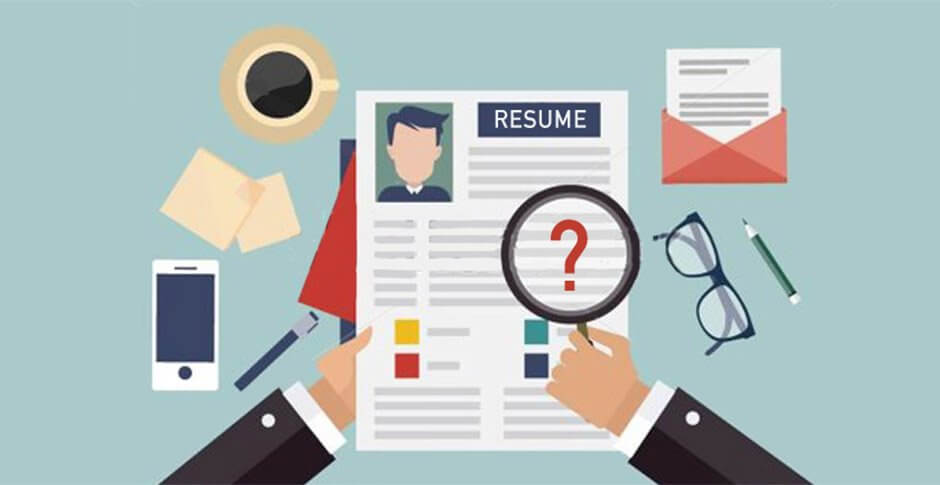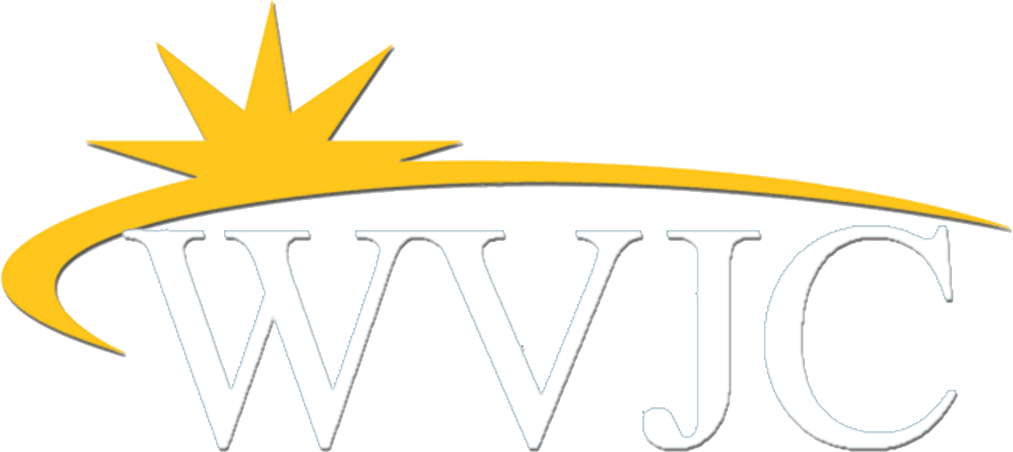When writing a resume, it is important to include concise descriptions of previously held positions, as well as educational experience, and contact information. You want to make sure you know start and end dates for jobs and schools you’ve attended. If you are still attending a school or holding a certain position, input the date as XX/XXXX- present. When listing previously attended schools or jobs, make sure you list them in descending chronological order (i.e. last job/current position to first position held). This ensures a nice flow and readability to the resume. This is important because hiring managers typically only look at a resume for ten seconds.

You also want to include any certifications you’ve obtained as part of your education or job requirements. The same goes for training in specific areas applicable to the profession, such as HIPAA or computer based programs like Microsoft Office and LexisNexis.
For contact information, always make sure to list your most recent phone number, email, and address. This is extremely important, as it will be used when employers attempt to reach you. If they dial a number that is no longer in service, or send an email that comes back undeliverable, you may miss out on an opportunity for employment.
Many people wonder how often to update a resume. The answer is any time you acquire a new job, skillset, certification, or degree, or change any of your basic contact information. Www.jobscan.co is a great website to see what your resume is lacking. It uses applicant tracking algorithms to pull key words from both your resume and the job description you are applying for. From there, it tells you what to add to make your resume more marketable.
When composing a cover letter, it is best to address it to a specific person. If this isn’t possible, addressing it to the hiring manager will suffice. Your header on the cover letter should match the header on your resume to keep them both consistent. There are many templates you can use, but generally speaking, in the address, you want to include the company name, human resources department, the address of the company, and the date of the letter. In the salutation, address the person by their name if you have that information. If not address it with “Dear Hiring Manager”. When addressing females, it is best to address as “Ms.” since marital status is often unknown.
In the first paragraph of the cover letter you want to reference the position you’ve applied for, as well as the date of the posting, and where you found it. Also, include your background and how it has prepared you for the position you are applying for. In the second paragraph of your letter, give a brief explanation of your training with WVJC, externship experience, and applicable job experience. In the final paragraph, ensure the manager that you are capable of performing the job duties necessary and becoming a valuable asset to the company. Give a time range they can contact you in and the best number to reach you. It is also nice to state that you look forward to speaking with them soon, and that you appreciate their time and consideration.
At the bottom write “Sincerely” and go down 5 or so spaces and type your full name. Print the cover letter and sign your name in-between “Sincerely” and your typed name. If you are emailing the cover letter, be sure to print, sign, and scan it to your email to send to the hiring manager. NEVER leave a cover or thank you letter unsigned!
